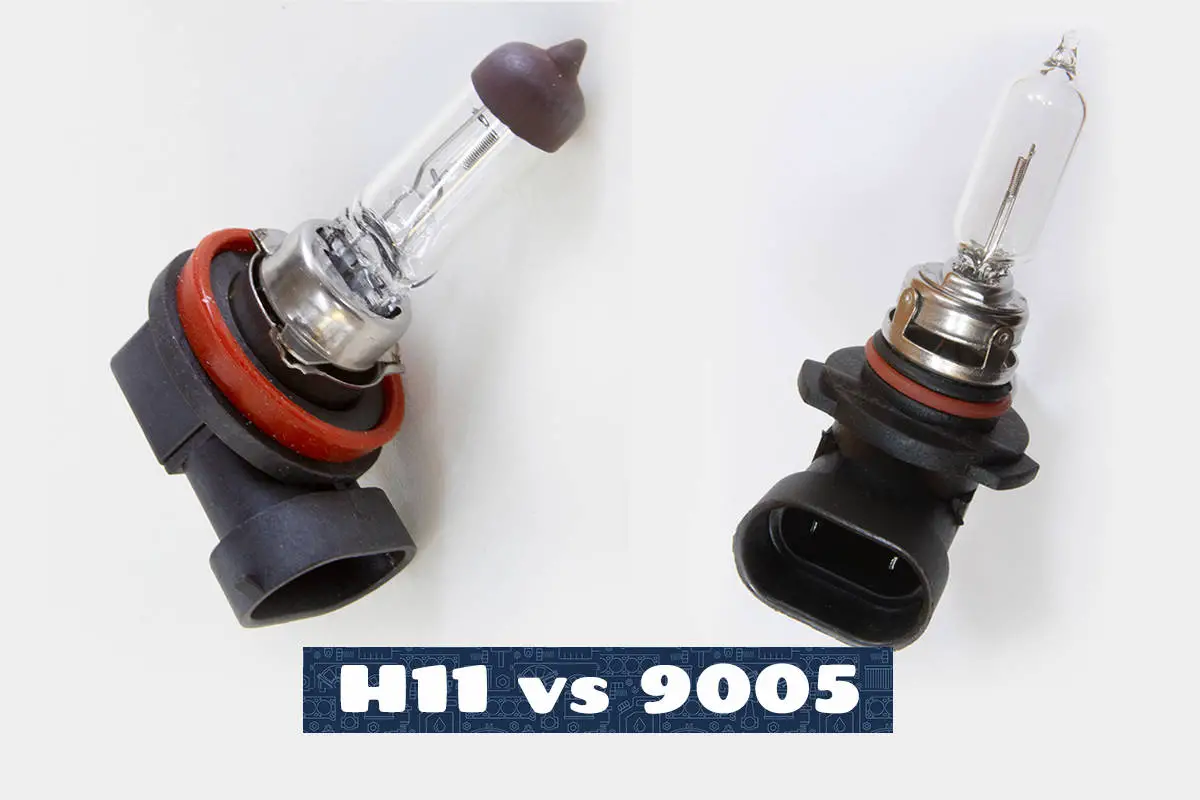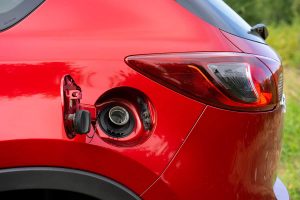When you’re hitting the open road, it’s more than just scenery and horsepower that matters; it’s also about the lights guiding your path. Ever noticed those little codes on your car bulbs like H11 or 9005? Those are headlamp bulb types, and they’re more significant than you might think!
H11 and 9005 lightbulbs have their strengths. H11s are usually cooler and might last longer, while 9005s tend to be brighter. Think about your driving needs and where you drive most often when deciding.
Today, we’re going to dive deep into these two bulb types, discuss their pros, cons, and how to choose between them.
General Overview of Car Headlamp Bulbs
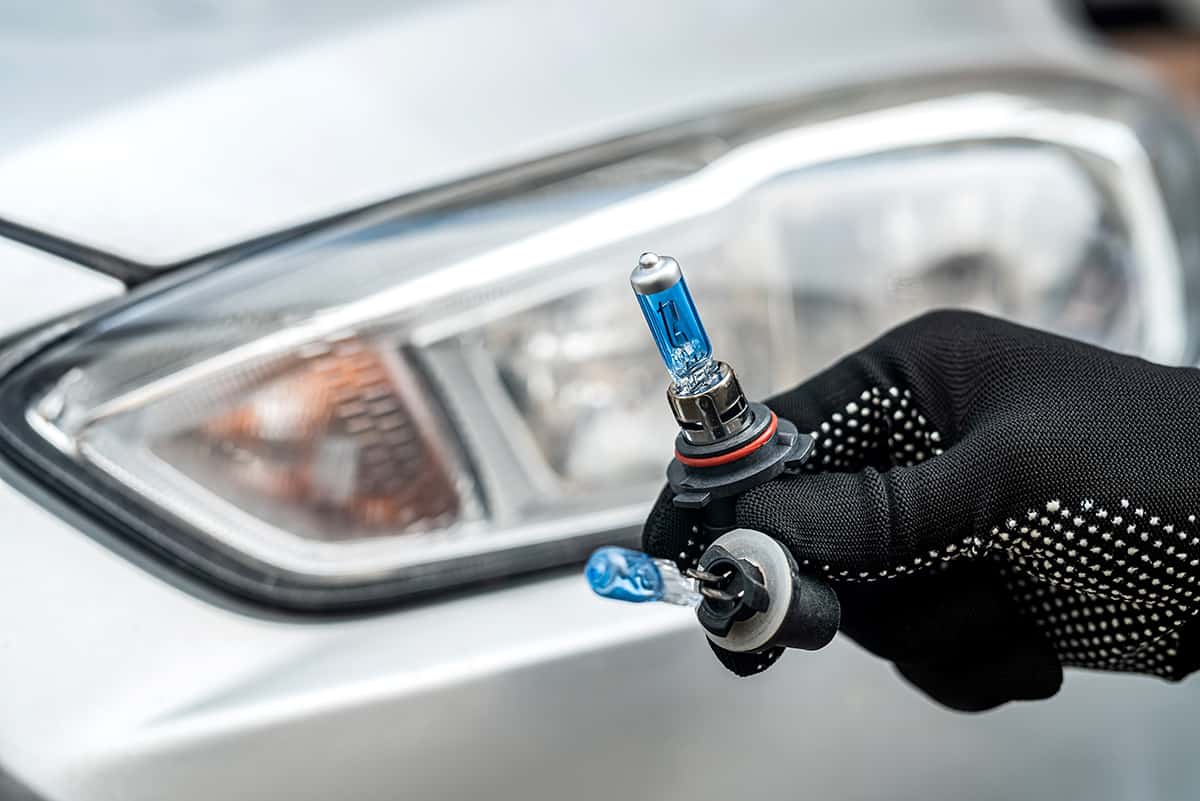
When you’re driving at night, or there’s a heavy downpour, your headlamp bulbs work overtime so you can see and be seen. From the days of old oil lamps to today’s super bright LEDs, headlamp bulbs have always been the eyes of our vehicles.
Think of headlamp bulbs as your car’s flashlight. It lights up the road. Other drivers spot you by your lights, especially in bad weather. Bright and clear bulbs make sure you’re seen from a distance, reducing chances of fender benders.
Once upon a time, cars used bulbs filled with halogen, similar to the ones in your living room lamp. They did the job, but weren’t super bright and gobbled up more energy. Technology galloped ahead, and soon cars were sporting Xenon (or HID) bulbs. Brighter and cooler than halogen, these bulbs became a favorite. And now, we’ve got LEDs—even brighter, super-efficient, and they come in those cool blue and white shades you might’ve noticed on newer cars.
Deep Dive into H11 Bulbs
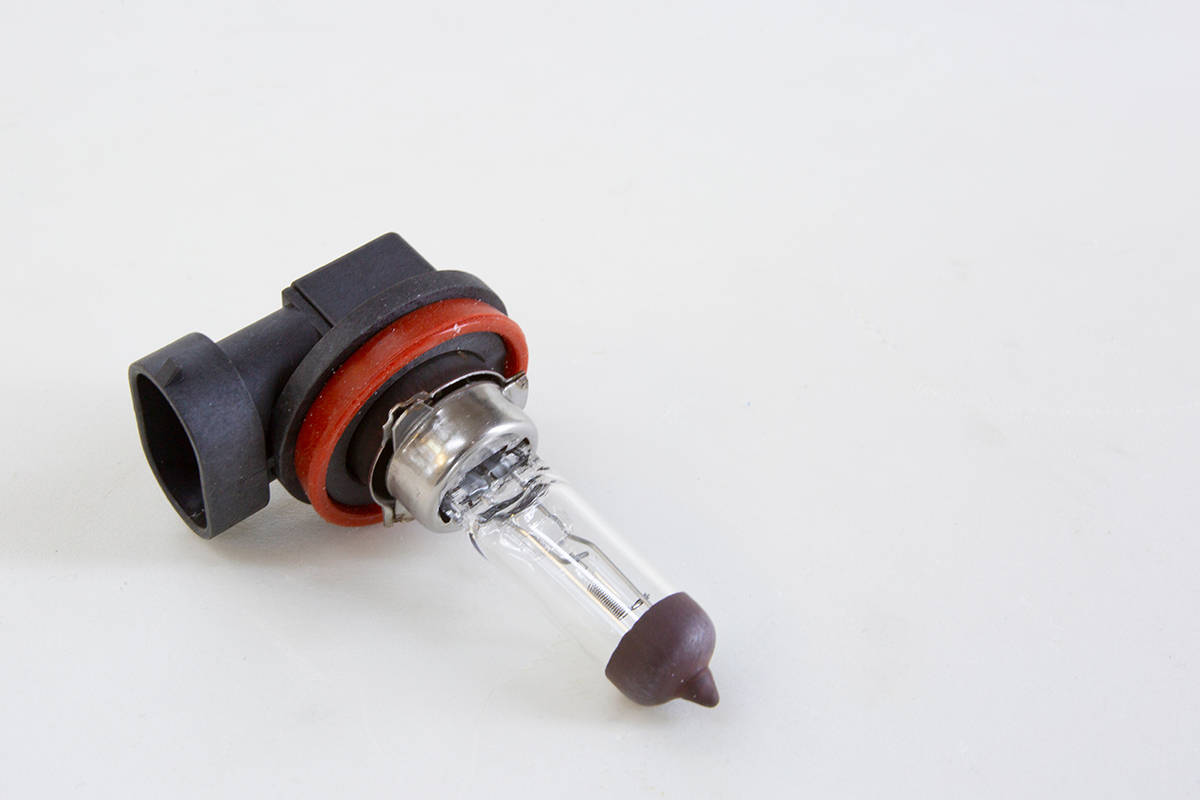
H11 sounds like some secret code, but it’s just a type of bulb that might be lighting up your way as you cruise in your car.
Physical Characteristics of H11 Bulbs
The H11 bulb, with its compact design, is a nifty little thing that snugly fits into most car headlamp assemblies. It’s specially designed with a smaller base, making installation a breeze – even if you’re not a hardcore DIY car enthusiast.
When you hear ‘filament’, think ‘light-producing wire thingy inside the bulb.’ The H11 boasts a single filament, which means it’s typically used for one purpose: either your low beams or fog lights. So, no multitasking for this bulb!
Performance Metrics of H11
The H11 is not here to play games—it offers consistent illumination. It’s bright enough to ensure you see that rogue deer or unexpected curve but isn’t so blinding that you’re mistaken for an alien spaceship.
When it comes to lightbulb life expectancy, you never know what you’re going to get. However, with the H11, you can expect a decent run. While its lifespan might not break records, you won’t find yourself replacing it every other weekend either.
Advantages of Using H11 Bulbs
- Cool and Calm: H11 bulbs tend to run cooler than some of their peers. Cooler bulbs translate to less wear and tear on the headlamp assembly and other nearby parts.
- Affordability: Your wallet will give you a silent nod of approval. H11s are usually more budget-friendly, making them a go-to choice for many car owners looking for reliable brightness without burning a hole in their pockets.
- Consistency: These bulbs are like that reliable friend who’s always on time. They offer a consistent light output, ensuring that the road ahead is uniformly lit, with no unexpected dark patches.
Potential Drawbacks or Limitations
- Single Purpose Player: Remember that single filament we talked about? It means the H11 can’t switch between high and low beams. If you’re looking for a dual-beam action, this might not be your bulb.
- Brightness Caps: For those who want their car to light up like a stadium, H11 might not meet those high expectations. While it’s sufficiently bright for most situations, it won’t match the intensity of, say, some high-performance LEDs or HIDs.
- Compatibility Matters: Not all vehicles are built the same, and not all are ready for the H11 experience. Always check your car’s manual or consult with your friendly neighborhood mechanic before making a bulb switch.
Deep Dive into 9005 Bulbs
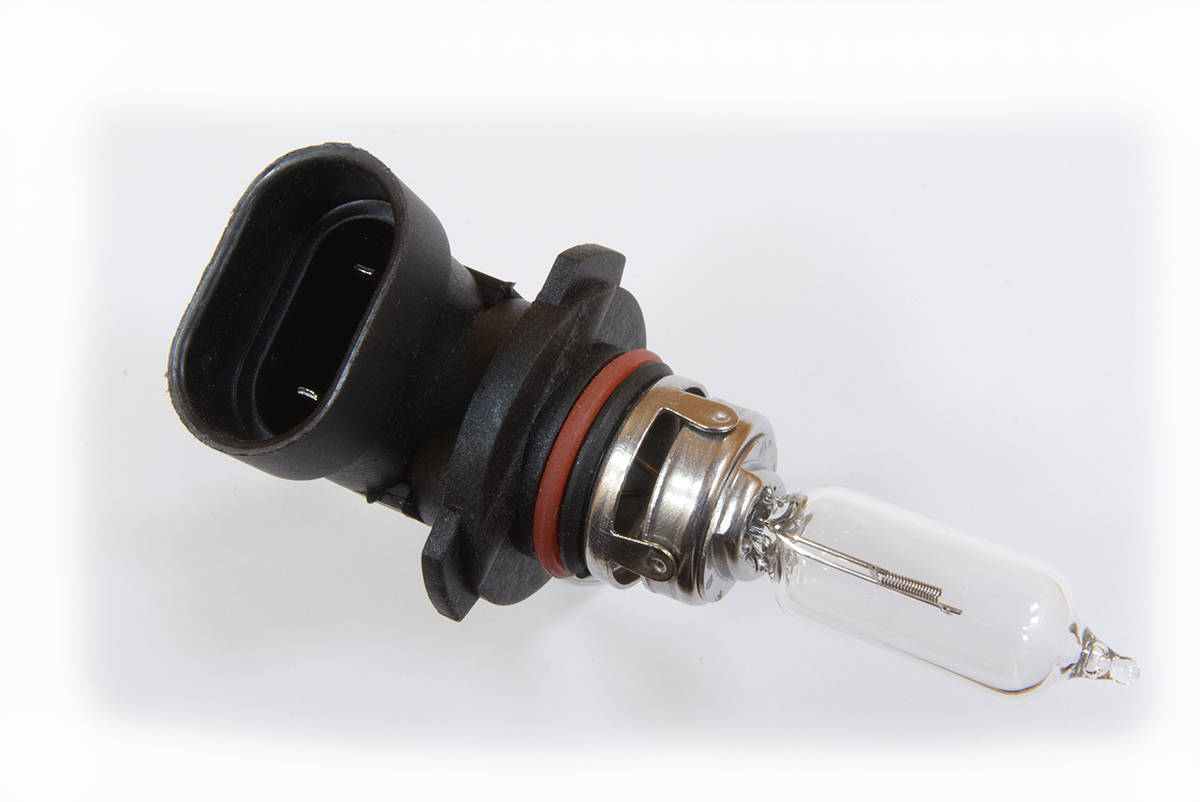
The 9005 bulb isn’t the latest boy band or the zip code for a fancy neighborhood, but a bright star in the world of car headlamp bulbs.
Physical Characteristics of 9005 Bulbs
Sporting a slightly different design from its H11 cousin, the 9005 comes in a compact size that’s designed to slide right into many modern vehicles. It’s got the right fit and finesse to make installation smoother than your morning coffee ritual.
The 9005 has a single filament, but don’t let that fool you. This light maestro is typically all about the high beams, sending out a strong, concentrated light perfect for those open roads or really dark spots.
Performance Metrics of 9005
Known for its piercing and far-reaching light, this bulb ensures you see way, way ahead, making nighttime driving a less daunting affair.
No one likes changing bulbs every few months. With the 9005, you’re in for a treat. These bulbs tend to last a decent while, ensuring you’re not constantly at the mechanic’s or fumbling around under the hood.
Advantages of Using 9005 Bulbs
- Night Owl’s Best Friend: If you’re the kind who loves driving at night, the 9005 is your ally. With its superior brightness, it’s like having a mini-sun attached to your car.
- Durability: The 9005 bulb doesn’t chicken out easily. It’s built to withstand the regular wear and tear that comes with lighting up the road night after night.
- Energy Efficient: While brighter, these bulbs don’t always mean a higher energy bill. They’re designed to deliver optimal brightness without guzzling down too much power.
Potential Drawbacks or Limitations
- Too Bright?: While many love the brightness, some might find the 9005’s intensity a bit much. It’s like getting an extra-large pizza when you’re only a bit peckish.
- Cost Factor: A superior performance often comes with a slightly superior price tag. While not exorbitant, 9005 bulbs can be a tad pricier than some other types out there.
- The Single-Role Star: Just like the H11, the 9005’s single filament means it’s usually either all about the high beam or not. Multitasking isn’t really its thing.
How to Choose Between H11 and 9005
With H11 and 9005 being the most buzzed-about bulbs in the automotive world, how do you pick between them?
1. Understand Your Car’s Needs
The best bulb isn’t the brightest or the newest; it’s the one that fits your car’s specs. Check your vehicle’s manual or consult the manufacturer’s website. Some cars are designed for H11 bulbs, others for 9005.
2. Brightness and Beam
H11 bulbs are typically used for low-beam headlights, perfect for city driving and regular nighttime use. They’ve got enough oomph without blinding other drivers.
On the other hand, 9005 bulbs are generally for high-beam headlights. They’re the big guns you whip out for pitch-black country roads or spotting that sneaky raccoon in the distance.
3. Lifespan
If changing bulbs sounds as fun as a flat tire in the rain, you might want to consider longevity. While both bulbs can have similar lifespans, some brands offer “long life” versions. Always double-check the estimated hours on the box. Remember, a bulb that lasts longer might save you time and money in the long run.
5. Energy Efficiency
Both H11 and 9005 come in halogen and LED versions. If you’re leaning towards being eco-friendly (and who isn’t these days?), LED is your friend. It consumes less energy and can shine brighter, though they might be a tad pricier upfront.
